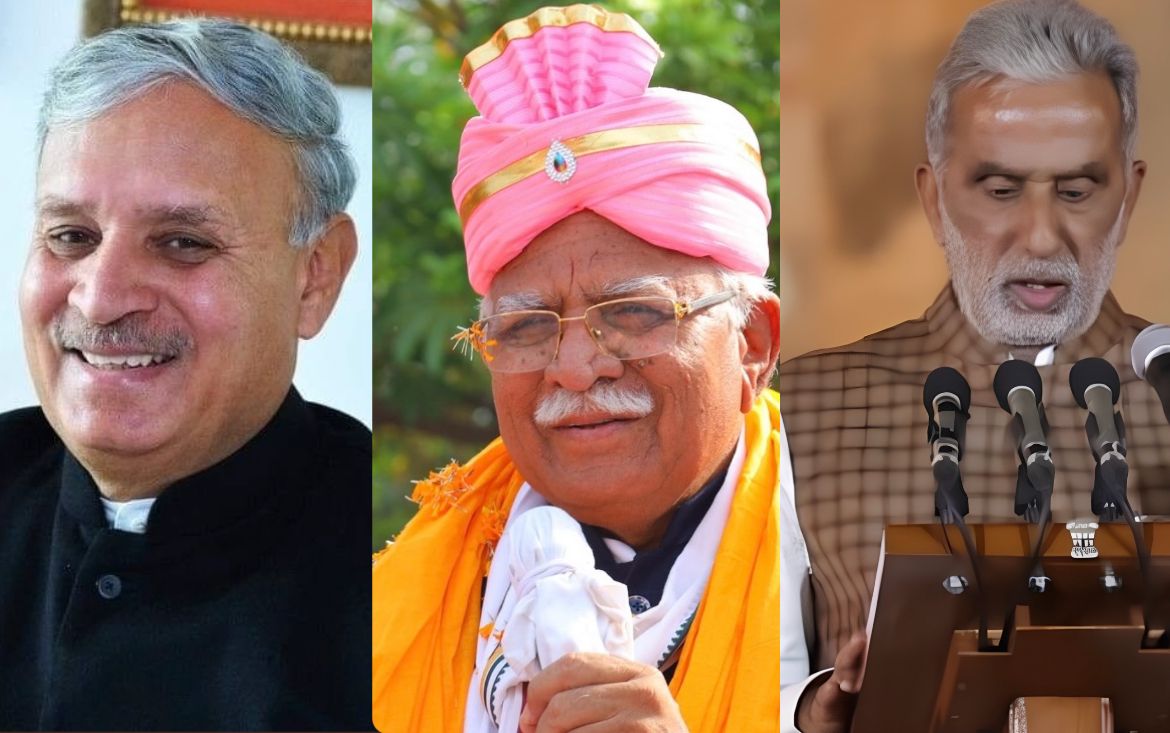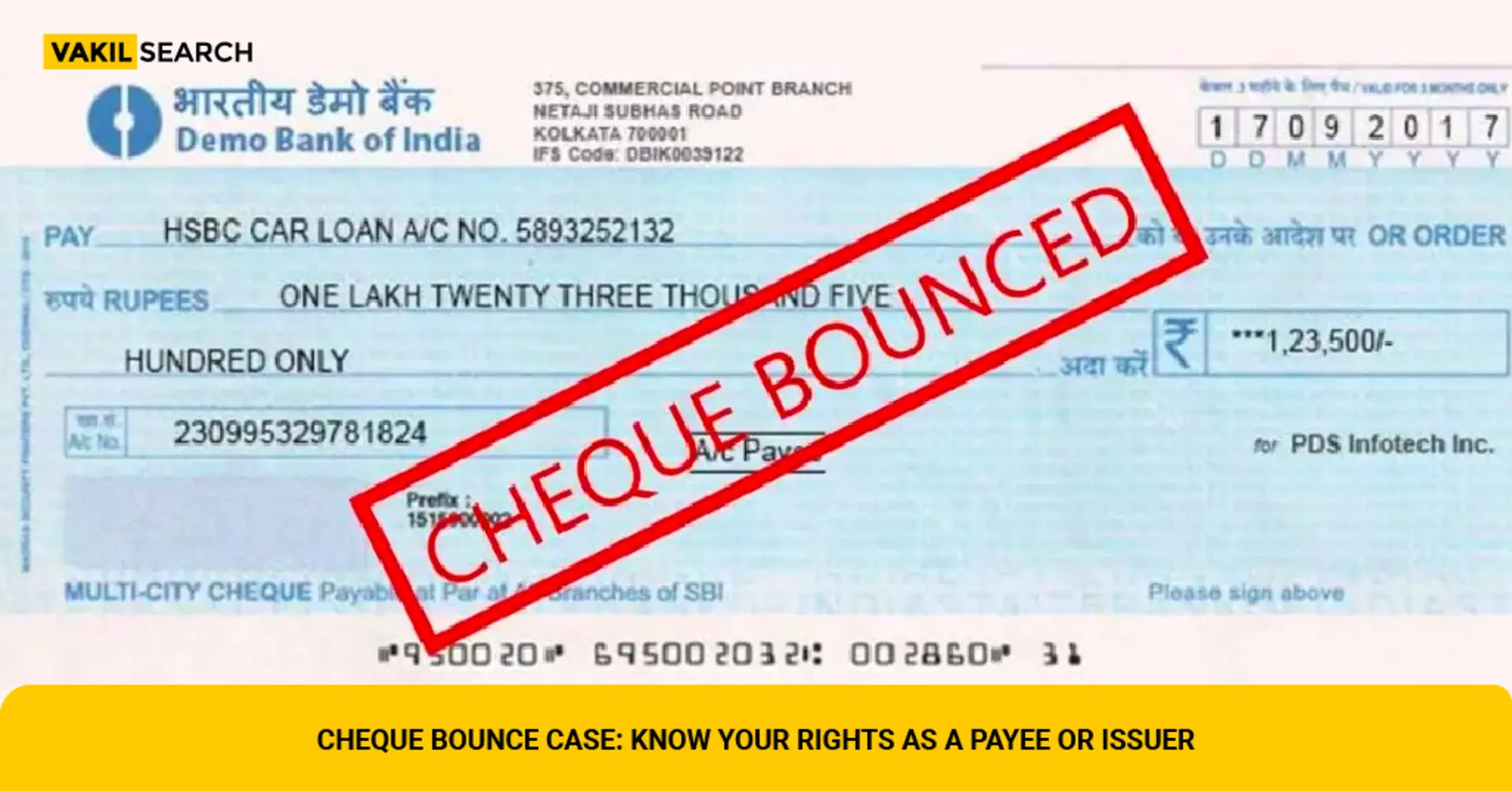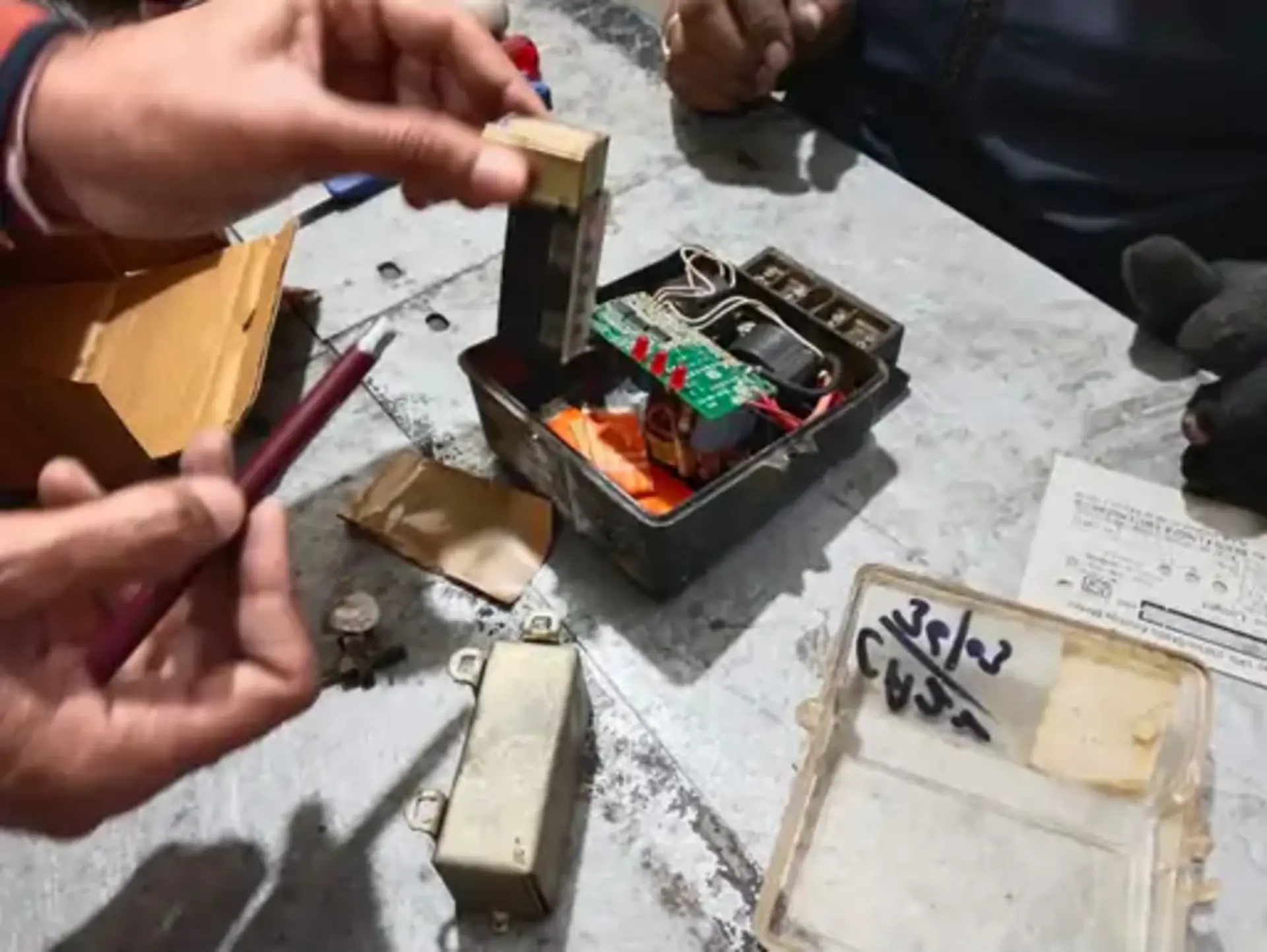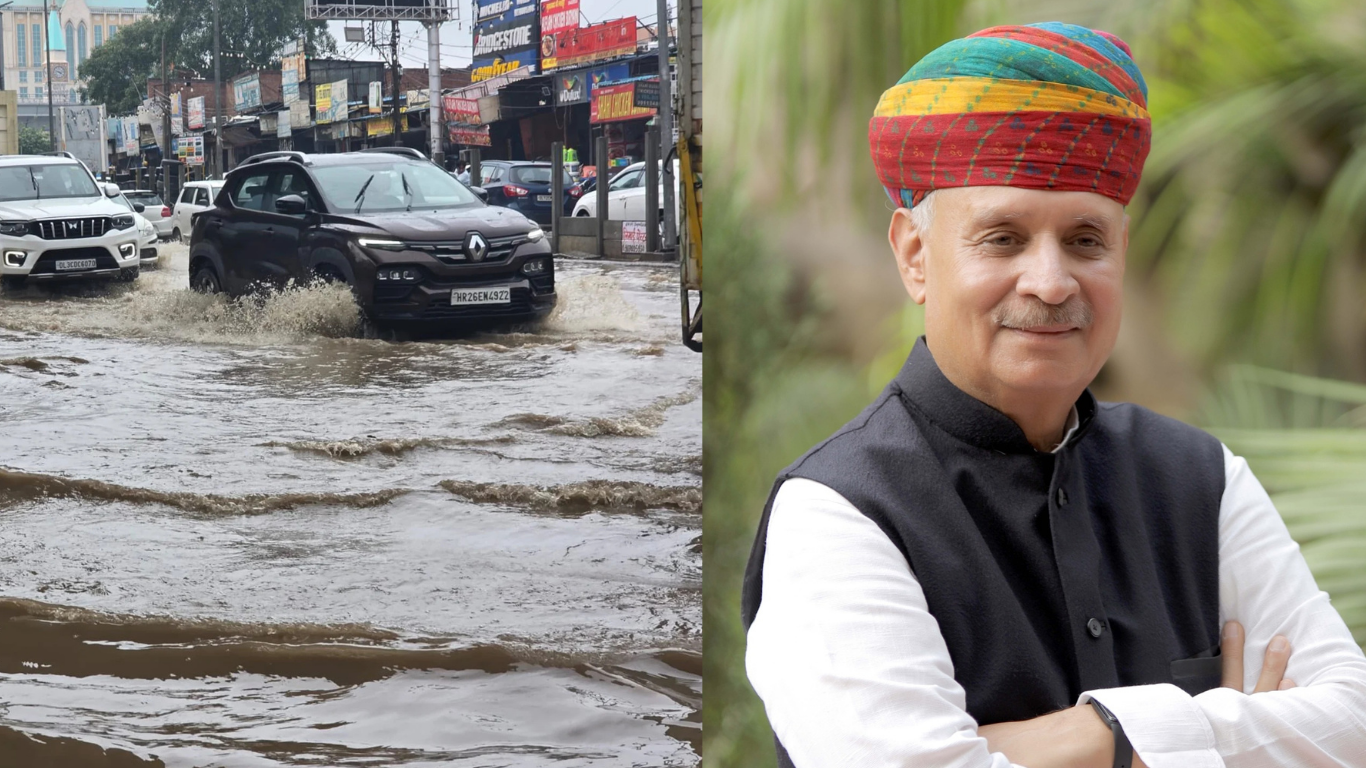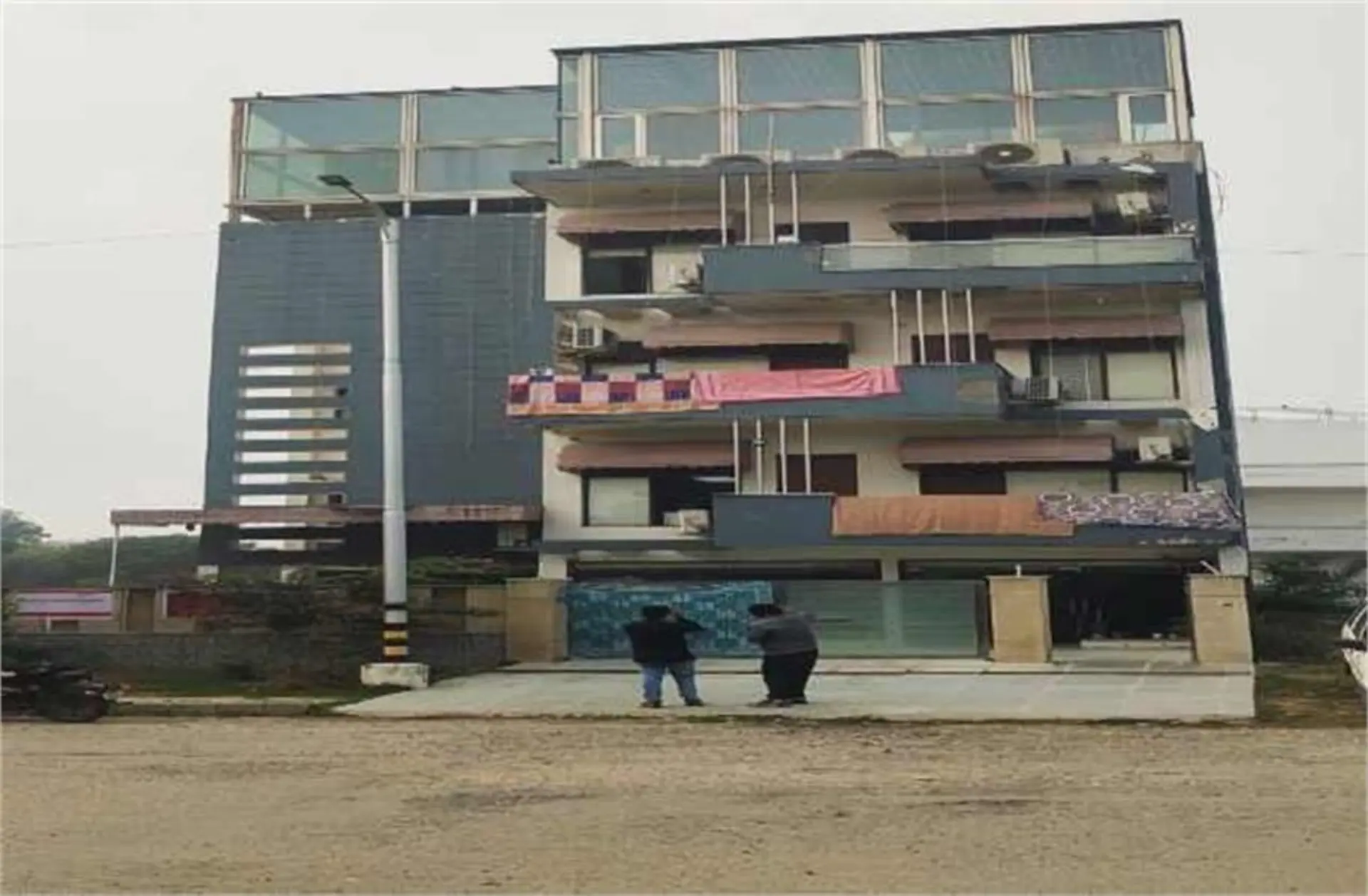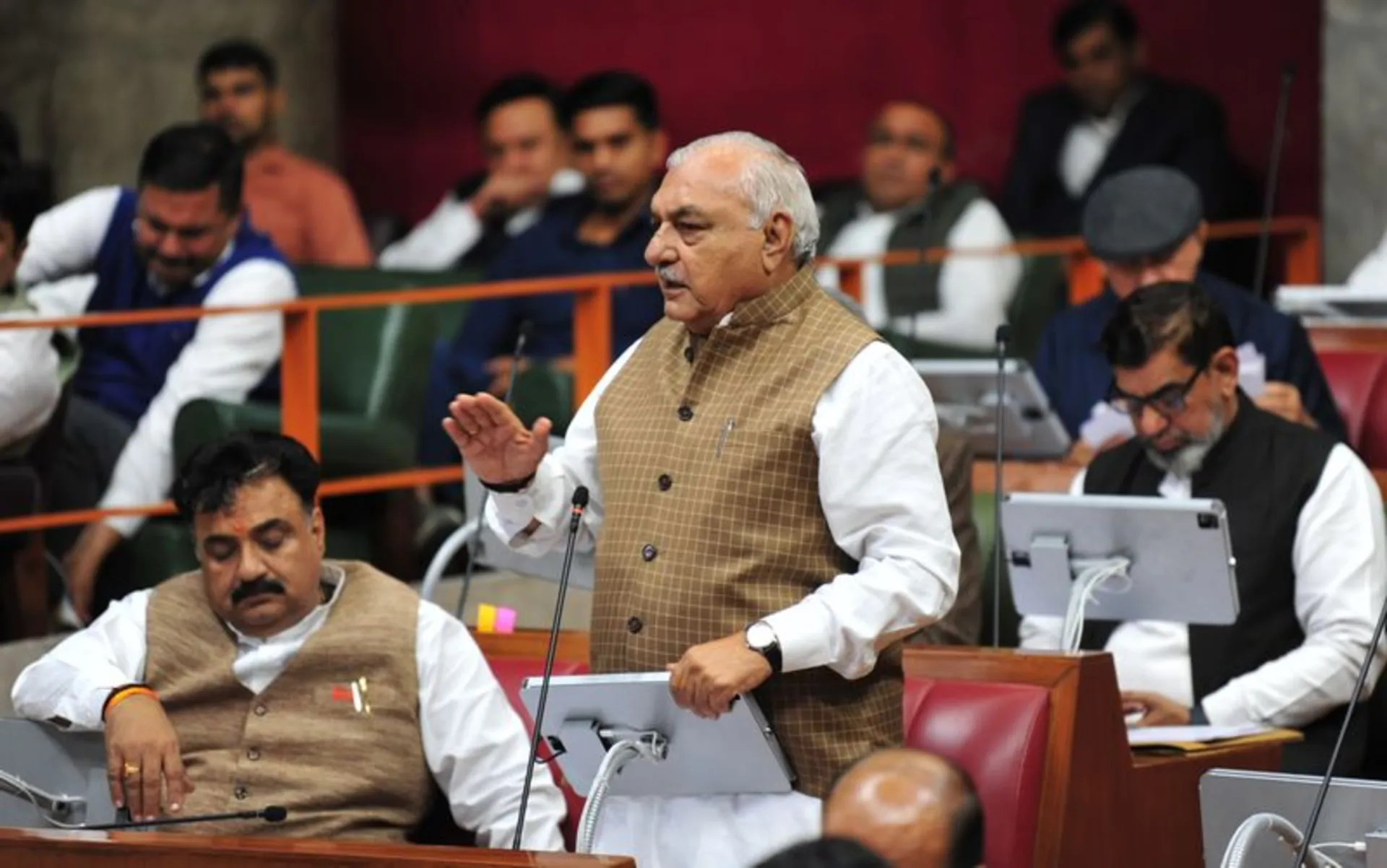
With an eye on the upcoming Haryana Assembly elections, the BJP has strategically accommodated three of the state's five newly elected MPs - Manohar Lal Khattar, Rao Inderjit Singh, and Krishan Pal Gurjar - in the Modi government's Cabinet reshuffle. This move is a calculated attempt by the party to consolidate its support among various non-Jat communities, which are seen as crucial vote banks in Haryana's caste-based politics.
Appeasing the Punjabi Community
With the induction of former Chief Minister and Karnal MP Manohar Lal Khattar as a Cabinet minister, the Bharatiya Janata Party (BJP) has made a calculated move to appease the Punjabi community in Haryana. The community had felt "hurt" by the party's decision to replace Khattar with CM Nayab Singh Saini earlier this year, despite their unwavering support for the BJP since 2014. By promoting Khattar to a Cabinet rank, the party aims to appease the Punjabi community and send a message that Khattar remains a powerful figure within the party and the government.
Rewarding the Ahir Community
The BJP's decision to retain Rao Inderjit Singh, a six-time MP, as a Minister of State (Independent Charge) serves two purposes. Firstly, it recognizes his seniority and claims within the party. Secondly, it rewards the Ahir community for their support in the recent Lok Sabha elections, particularly in the Gurgaon and Bhiwani-Mahendergarh constituencies. By accommodating Inderjit, the party aims to solidify its bond with the Ahir community, a crucial vote bank in the upcoming Assembly elections.
Capitalising on the Gurjar Vote Bank
With the BJP's emphatic win in Faridabad, where there was a clash between Gurjar candidates from the BJP (Krishan Pal Gurjar) and the Congress (Mahendra Pratap), the party is hoping to capitalise on its Gurjar vote bank. By accommodating Krishan Pal Gurjar as a Minister of State, the BJP is sending a clear signal to the Gurjar community, seeking to strengthen its support base ahead of the Assembly polls.
Outreach to Scheduled Castes
In a parallel move, Chief Minister Nayab Singh Saini announced the distribution of possession certificates for 100 sq ft plots to 7,500 BPL (Below Poverty Line) families and depositing Rs 1 lakh in the accounts of 12,500 beneficiaries who could not be given plots. This announcement was made in the presence of the party's two prominent Scheduled Caste faces, Rajya Sabha MP Krishan Lal Panwar and the vice-president of the party's women's cell, Banto Kataria. This move indicates the BJP's ongoing outreach program to tap into and win back the support of the Scheduled Caste community.
Consolidating Non-Jat Votes
The BJP's decision to accommodate three of Haryana's five newly elected Members of Parliament as ministers in the Modi-led NDA government is a clear indication that the party is working towards consolidating non-Jat votes ahead of the Assembly elections. With elections in Haryana being divided along caste lines, the BJP sees non-Jats as their primary vote bank. By strategically distributing ministries, the party aims to solidify its support among various non-Jat communities, such as the Punjabis, Ahirs, Gurjars, and Scheduled Castes.
The BJP's Cabinet reshuffle in Haryana is a carefully calculated move, reflecting the party's recognition of the state's caste dynamics and the need to address the concerns and aspirations of various communities. By appeasing and rewarding these key vote banks, the BJP is leaving no stone unturned in its efforts to secure a third consecutive term in the upcoming Assembly elections.



